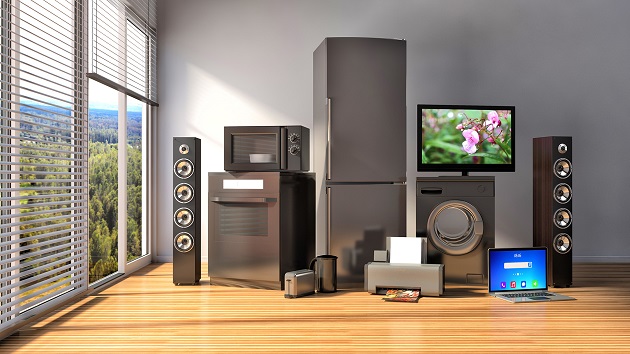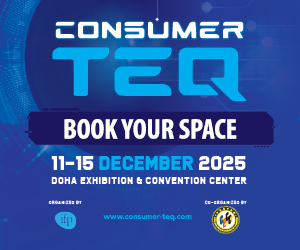The consumer electronics sector remains one of the most dynamic and fast-evolving industries globally. Fueled by rapid technological advancements, shifting consumer behaviors, and the rise of digital lifestyles, demand for personal and household electronics—from smartphones and laptops to wearables and smart home devices—continues to climb. Yet, alongside growth, the market is undergoing structural shifts and facing new challenges that are reshaping competition.
Valued at USD 774.88 billion in 2024, the global consumer electronics market is projected to expand at a CAGR of 3.56% between 2025 and 2032, reaching approximately USD 1,025.12 billion by 2032.
Market Snapshot
Covering a broad range of everyday consumer products—from communication devices like smartphones and tablets to entertainment systems and smart home solutions—the market’s expansion is driven by urbanization, rising disposable incomes, and the accelerating pace of digitalization. The surge in remote work and online learning has also boosted demand for computing and connectivity devices.
Key Market Trends
Smart & Connected Devices: The proliferation of AI-powered, cloud-integrated electronics is reshaping consumer expectations. Smart home devices—thermostats, lighting, security systems—are becoming mainstream, reinforcing the trend toward interconnected living.
Sustainability & Eco-Design: Environmental consciousness is steering manufacturers toward energy-efficient designs, recyclable materials, and longer-lasting products, with consumers increasingly seeking sustainable options.
Miniaturization & Portability: Compact, lightweight devices with strong performance—such as wearables, earbuds, and tablets—are in high demand, fueling growth in categories like fitness trackers and smartwatches.
Subscription & Cloud Services: Hardware is now often bundled with services like cloud storage, streaming, and fitness apps, enabling brands to build recurring revenue streams and sustained consumer engagement.
5G & Connectivity Advances: The global rollout of 5G is unlocking new capabilities for mobile devices, IoT products, and applications like real-time gaming, telemedicine, and AR/VR experiences.
Evolving Consumer Preferences
Today’s consumers are more informed and value-driven. Features like battery life, data security, and seamless device compatibility are critical buying factors. While brand loyalty still matters, buyers increasingly explore emerging brands if the value proposition is right.
There is also rising interest in “tech for good”—products that promote health, sustainability, and digital wellbeing. Meanwhile, the market for refurbished and second-hand electronics is expanding, driven by price sensitivity and eco-consciousness.
Future Outlook
As AI, AR/VR, and quantum computing mature, they will spark new product categories and redefine usage patterns. The line between hardware and software will blur further, demanding agility from manufacturers to meet evolving consumer expectations.
Success in this shifting landscape will favor companies that prioritize innovation, embrace sustainability, and strengthen supply chain resilience. Cross-industry partnerships—linking tech firms with content creators, service providers, and automakers—will likely intensify, especially as IoT ecosystems continue to grow.
Source: Stellar Market Research















































































